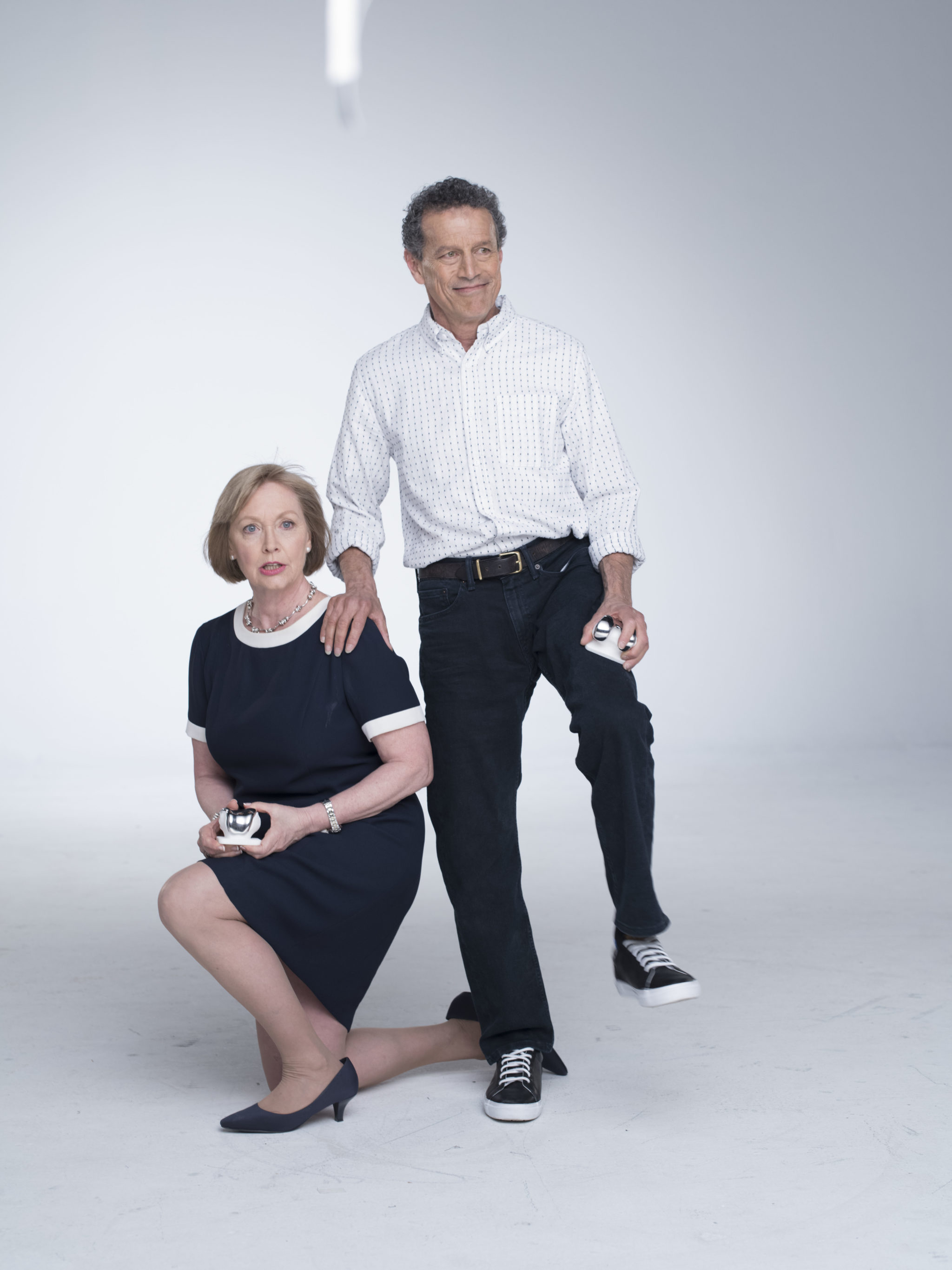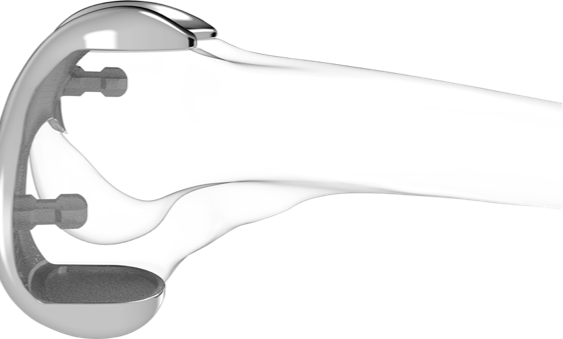Mike Eisner
When did you have your surgery?
I had surgery in November of 2016
What were your knees like before surgery?
I had been in knee pain for a lot of years. When I was younger, I did karate and I dislocated my knee once showing off like a bumpkin. And then I used to skydive for sport when I was younger- my last jump in 1985 didn’t turn out so well. I had three knee arthroscopies, and then the arthritis caught up with me. So I learned how to get by, but it was painful.
What are you doing now that you've had surgery?
One of the things I like to do for fun is climb trees. And climbing trees involves flexibility, as does yoga. And without the flexibility I’ve regained through this custom knee, I don’t think I’d be able to continue doing those activities the way I have been with satisfaction.
And I think I can’t help but attribute that to the fact that this knee is mine. It was designed for me. Nobody else. And I think that’s one of the things that enabled me to have such a good recovery and to be back doing the things I like, like yoga and climbing trees and dancing and cutting a rug.
More Advocates
Als Physiotherapeutin hat Kay mit vielen Patienten mit herkömmlichen Knieprothesen gearbeitet. Als es an der Zeit war, ihr eigenes Kniegelenk ersetzen zu lassen, entschied sie sich für das einzige Implantat, das speziell für ihre Anatomie hergestellt wurde.
MEET Kay »Harald ist Skilehrer und pensionierter Profi-Skifahrer, der 3 Monate nach seiner Knie-Totalendoprothese im Jahr 2015 wieder auf der Piste war.
MEET Harald »Jack, ein Highschool- und Collegesportler, erhielt im Jahr 2012 eine Prothese für beide Kniegelenke. Kürzlich erhielt er sein Fitbit-Japan-Abzeichen, weil er 1.869 Meilen, die Länge Japans, gelaufen ist.
MEET Jack »Warum ein Conformis-Knie?
If it's not Conformis, it's not truly patient-specific
Warum ein Conformis-Knie?Contact Patient Relations
Contact Patient RelationsKontakt: info.de@conformis.com


